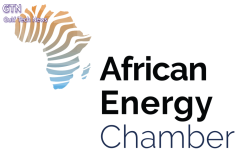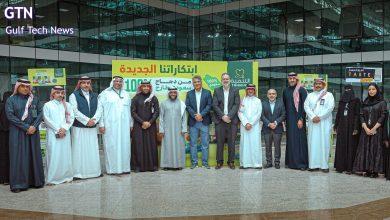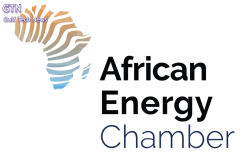Dubai’s Real Estate LEEDing the Way to a Sustainable Future

- ZāZEN Properties strengthens its position as a leading sustainable homegrown developer, aligning with the Dubai Quality of Life Strategy 2033
- The UAE’s real GDP grew by 3.4% reaching AED430 Billion in Q1 2024, supported by strong performances in non-oil activities
- LEED certification is becoming more common in Dubai’s residential sector
- Green buildings in Dubai can achieve up to 30% energy savings compared to conventional properties
ZāZEN Properties, a leading homegrown sustainable property developer in the UAE, announced a significant achievement with its latest project, ZāZEN Ivy. The development reached an impressive milestone, selling 95% of its units at launch, with the remaining larger units sold out within 30 days to retail investors.
This success reflects the credibility and popularity of the brand and the positive market environment, as the UAE’s real gross domestic product (GDP) continued its growth, reaching AED430 billion in the first quarter of 2024, which is a 3.4 per cent growth compared to the same period last year.
The non-oil activities saw clear 7.9 per cent growth in the same period, with the real estate activities accounting for 7.1 per cent[1].
This robust market performance underscores growing investor confidence in real estate developments, highlights the sector’s pivotal role in the UAE’s broader economic landscape, aligns with the Dubai Quality of Life Strategy 2033, and contributes to sustainable socio-economic development in the region.
Madhav Dhar, COO and founding member, added: “The UAE is a nation known for demonstrating excellence across all industries, especially within real estate. Similarly, LEED certification is the leading global industry standard for sustainable development and construction, and the ZāZEN brand has been a leader in providing high-quality, sustainable residential options in the market.
We anticipate a rise in projects carrying this accreditation in the near term, as it signifies that the development has met stringent criteria for environmental performance, occupant health, and resource efficiency.
This is achieved by reducing carbon emissions, conserving water, and improving energy efficiency in design and construction, creating living spaces that prioritise environmental stewardship and the residents’ well-being.”
As the UAE continues to advance its sustainable agenda, developers are increasingly prioritising eco-friendly practices to reduce the environmental impact of new buildings[2], which are significant energy consumers. This includes the adoption of sustainable materials, energy-efficient systems, and thoughtful designs that optimise resource consumption. Notably, green buildings in Dubai can achieve up to 20-30% savings compared to conventional buildings[3].
Areas such as Al Furjan and Jumeirah Village have emerged as key examples, with projects there integrating renewable energy sources like solar panels, using sustainable construction materials, and enhancing natural light and ventilation. Dubai’s first LEED Gold certified residential development, ZāZEN Gardens, stands as a testament to this growing movement.
However, as the UAE strives towards its key green mandates, such as the UAE Net Zero 2050 Strategy, the integration of green building practices is also being seen across several other districts in the emirate. The residential sector has seen an increasing number of developments obtaining LEED (Leadership in Energy and Environmental Design) certification, awarded by the U.S. Green Building Council (USGBC)[4].
This certification is set to play a crucial role in shaping the future of the country’s residential landscape, while having a positive impact on the environment.
ZāZEN Properties continues to align its projects with the UAE’s strategic goals, offering a competitive edge in the market. The company has also taken measures to meet the rising demand for modern, high-quality, sustainable living spaces, ensuring that residents and investors can benefit by investing in its developments while creating a positive impact on the environment.




